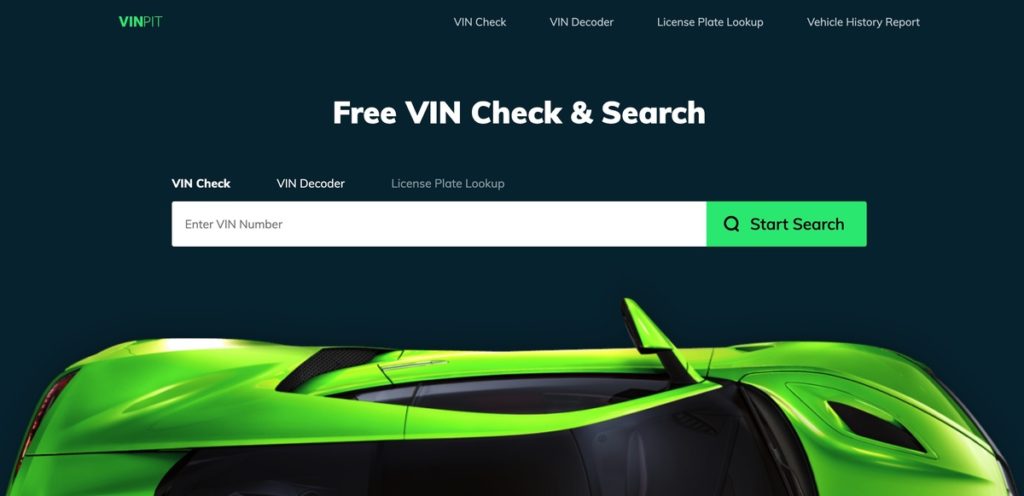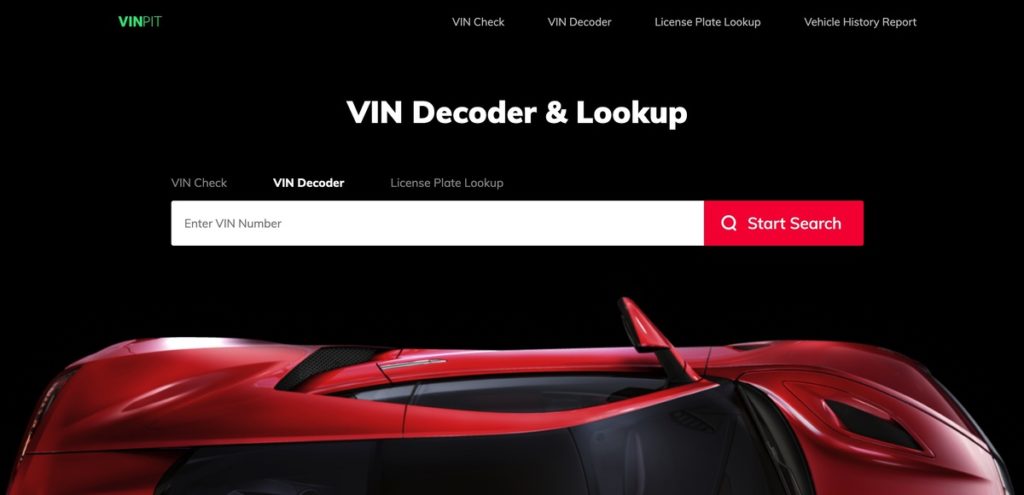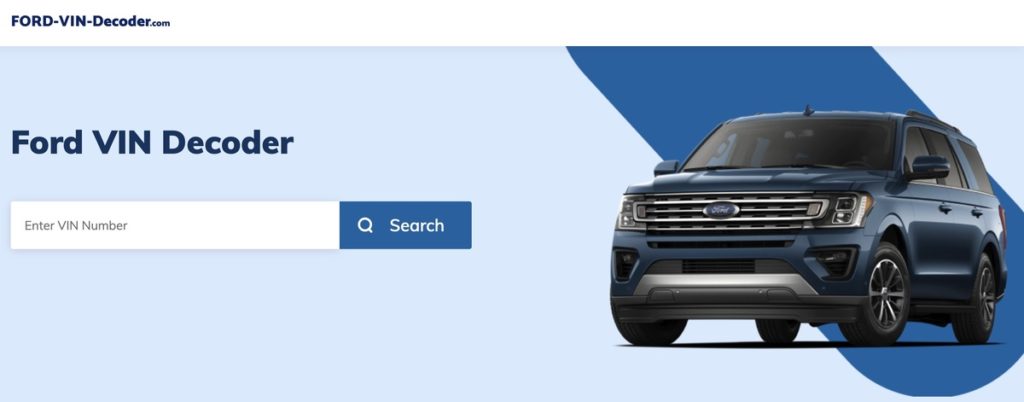All humans have fingerprints. The fingerprint is unique to everyone and can be used to reveal one’s identity. In the same manner, cars have “fingerprints,” too.
This “fingerprint” is referred to as the VIN. The VIN can provide all sorts of information about a car if used accurately. The problem, however, is that most people do not know what the characters in the VIN stand for.

Therefore, they have no idea of when to make use of the VIN. In this guide, we will enlighten you on how to use the information you get from a VIN. To do this, we will first review the VIN and then highlight the meaning of the VIN characters.
What is a VIN?
The VIN is an abbreviation for the Vehicle Identification Number. You must have heard of people calling it the VIN number. I think this is a form of repetition, considering the letter N in the word VIN stands for number.
Anyway, the VIN is an alphanumeric code assigned by the manufacturer to every vehicle. In a real sense, there are no two vehicles that have the same VIN. Since 1981, this unique code has been used to identify cars distinctively.
The VIN is made up of 17 characters which are capital letters and numerals. The letters excluded here are Q, I, and O commonly misread for 1 and 0. Each of these characters usually holds meaning, as we shall come to see later on.
So, where do you find the VIN on a car? The placement of the VIN is mostly dependent on the car. On most passenger cars, you can find the VIN on the following car parts:
- The interior dash on the driver’s side
- On the side pillar on both the driver’s and passenger’s side
- The bottom part of the windshield
- On the front part of the engine block
If you encounter any challenges looking for the number on the above parts, there is no need to worry. You can make use of the vehicle’s registration documents too. It is hard to miss the VIN on documents like the car’s logbook and insurance documents.
How to Decode Your Car’s VIN
Many people think of the VIN as just a random combination of letters and numerals. Well, every character in the VIN holds a meaning. Understanding this meaning is what we refer to as decoding the VIN.
Decoding can be done manually. However, the drawback to this approach is that you will spend days before you get all the information. This is why most people opt to use a VIN decoder for the job.

With an advanced VIN decoder like VinPit, you will get all the information encoded in the VIN in minutes. With VinPit, you can learn more from that Mercedes VIN from just the comfort of your couch. By getting information from an extensive database, you are sure not to miss a thing.
To access the information, VinPit requires you to fill in the VIN in the specified. After inputting, you now leave the site to do its magic. Some information will then pop up.
Here’s how to make sense of that information. Normally, the characters of the Vehicle Identification Number are grouped in four major categories, namely:
World Manufacturer Identifiers (WMI)
The first three characters take this first category.
The first character should tell you of the country in which the car was manufactured. If your car is manufactured in the US, you will find the numbers 1, 4, or 5. For the cars made outside America, you will find a letter.
The second character represents the manufacturer of the car. For instance, an A will stand for an Audi, B for BMW, F for Ford, and so on.

Combined with the first and second characters, the third character shows the vehicle’s manufacturing division.
Vehicle Descriptor Section (VDS)
The fourth to eighth characters are used for describing the vehicle. Here, you will learn of the car’s body type, restraint, engine code, among other specifications.
Check Digit
The 9th digit is what is referred to as the check digit. Using a complex mathematical formula, this number tells you whether the VIN is real or a clone.
Vehicle Identifier Section (VIS)
The last eight digits are meant for identifying the vehicle.
In the 10th character, you will come across a letter representing the exact year in which the car model was made. Cars made from the years 1981 to 2000 used the letters from B to Y. From 2001 to 2009, they started using the numbers 1 to 9 to represent the model years.
For the cars made from 2010, you will find alphabets starting from A, and this will continue through to 2030. Therefore, if your car was manufactured in 2021, you will have a letter L.
The 11th character, otherwise known as the plant code, indicates the plant in which the car was assembled.
The last six digits that are the 12th through to the 17th character make up the car’s serial number. This number is usually assigned to every car on the assembly line.
Using the Information on the VIN
So, with all this information, how can you use it to your benefit? Below, we have listed cases when you may need a VIN and how you can use it.
Purchasing a used car
Are you thinking of buying a used car? If the answer is yes, you should then do your homework to learn whether the investment is worthwhile. With the information on a VIN, you will know all the features of the vehicle.
What is more, you will get access to information about accidents, repairs, and past vehicle ownership. This helps you avoid investing in a car that has defects or has been stolen.
Selling a car
If you are selling a vehicle, this information can go a long way in making that sale go smoothly. This is because you will get a heads-up on all the potential questions the buyer might ask you. In preparation, you will thus tackle these questions ahead of time.
Servicing a car
At one point or another, you might need to purchase a spare part for the car. With the VIN, one can understand the type of engine or the transmission system that the car requires. This helps you get the appropriate part for that vehicle.
Conclusion
As we conclude, we have seen that the VIN is a number that any car owner or dealer should know. The VIN carries valuable information about a vehicle. This information varies from the car’s model, engine type, and country of manufacture to even the car’s serial number.
To access all this information, all you need is a reputable VIN decoder. With a VIN decoder like Vin Pit, you can learn all there is to know about the car in minutes. With the above information, we are confident that you now know how to use the information on the VIN.



